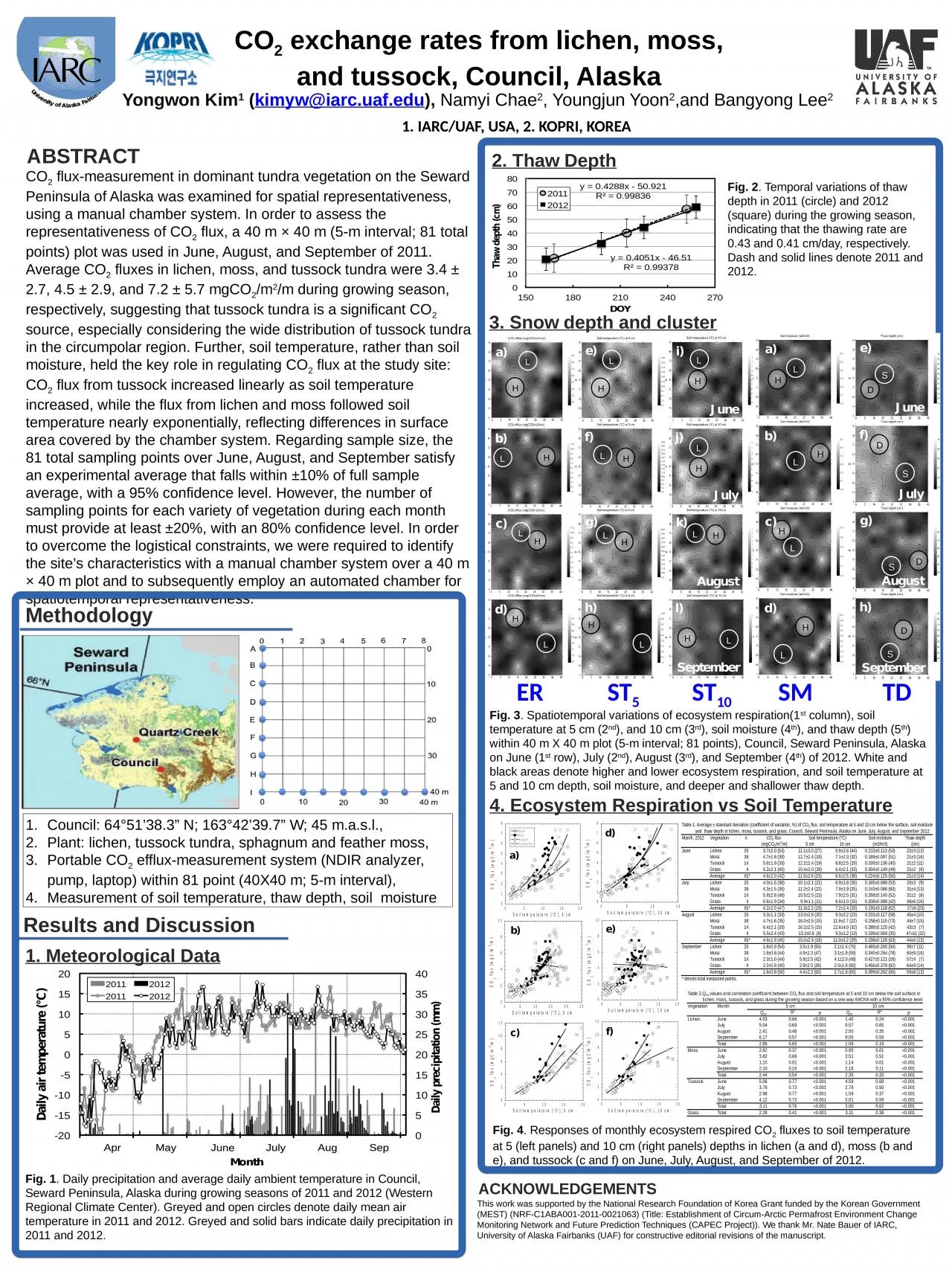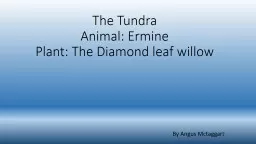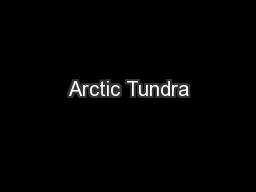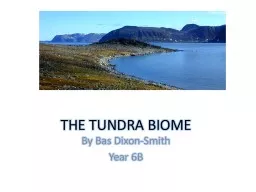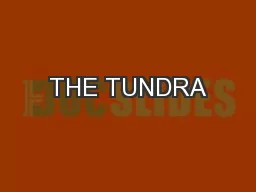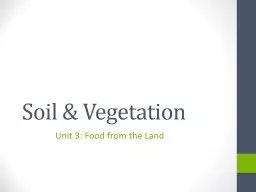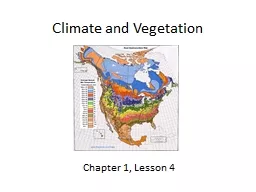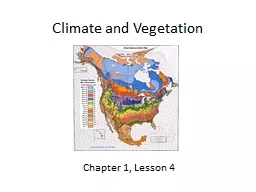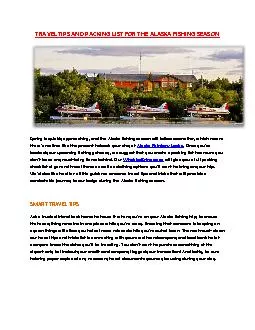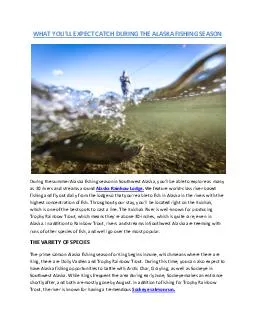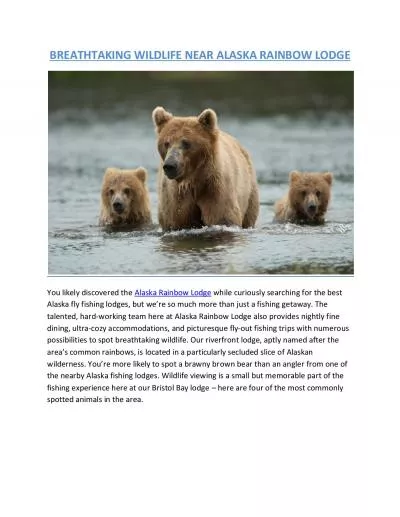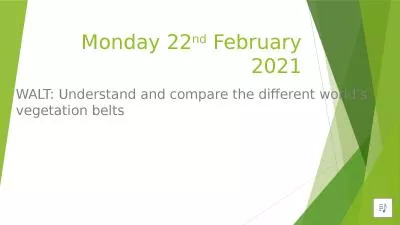PPT-ABSTRACT CO 2 flux-measurement in dominant tundra vegetation on the Seward Peninsula
Author : faith | Published Date : 2024-02-02
2 flux a 40 m 40 m 5m interval 81 total points plot was used in June August and September of 2011 Average CO 2 fluxes in lichen moss and tussock tundra were 34
Presentation Embed Code
Download Presentation
Download Presentation The PPT/PDF document "ABSTRACT CO 2 flux-measurement in domin..." is the property of its rightful owner. Permission is granted to download and print the materials on this website for personal, non-commercial use only, and to display it on your personal computer provided you do not modify the materials and that you retain all copyright notices contained in the materials. By downloading content from our website, you accept the terms of this agreement.
ABSTRACT CO 2 flux-measurement in dominant tundra vegetation on the Seward Peninsula: Transcript
Download Rules Of Document
"ABSTRACT CO 2 flux-measurement in dominant tundra vegetation on the Seward Peninsula"The content belongs to its owner. You may download and print it for personal use, without modification, and keep all copyright notices. By downloading, you agree to these terms.
Related Documents

